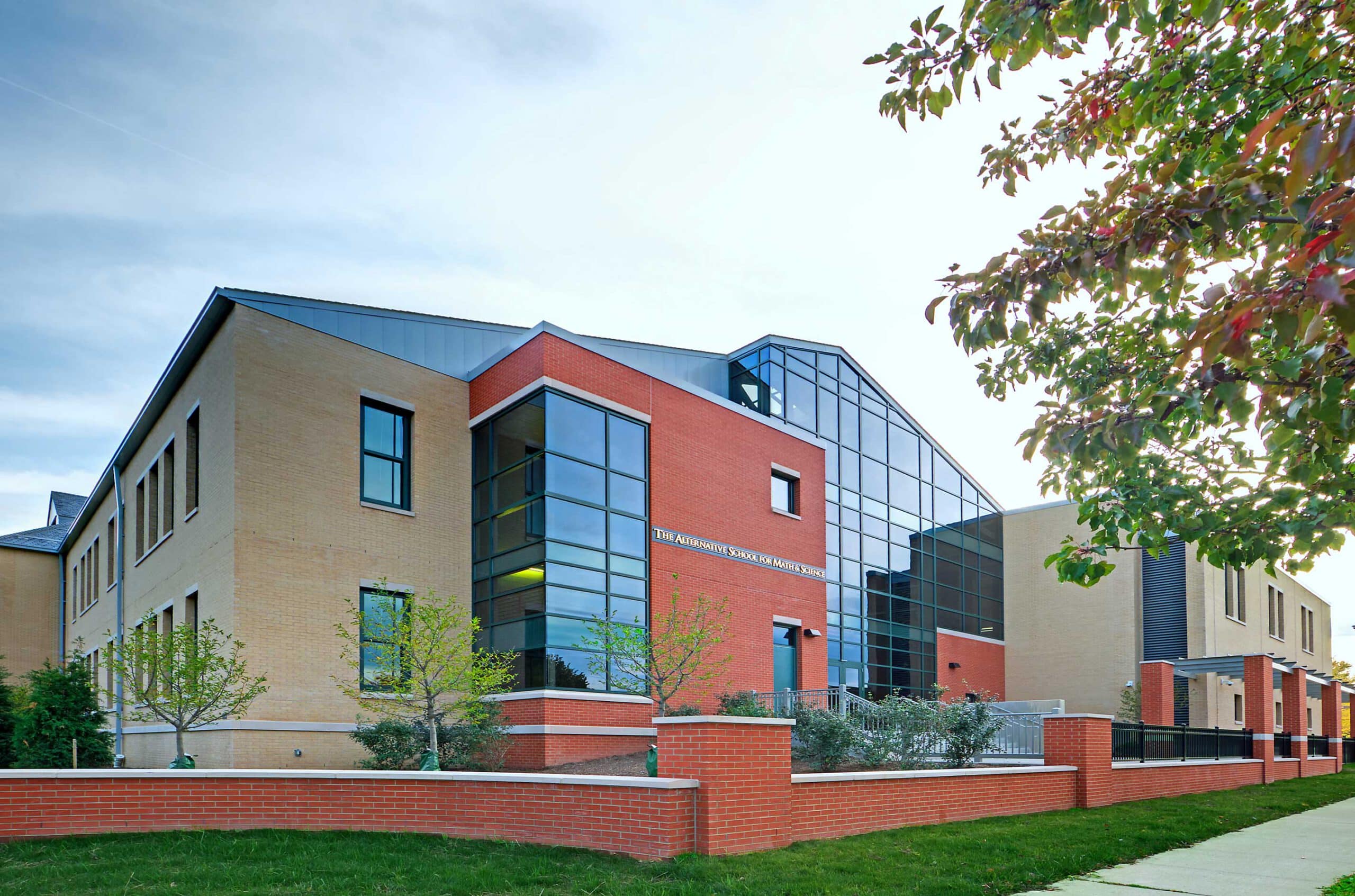As the disruption of monolithic teacher-led instruction continues to occur, there may be another educational practice that is being transformed along with it, especially for younger students: homework.
Blended learning can enhance classroom time for students and teachers in ways that either reduce the need for homework or prompt educators to rethink the use of homework entirely. There are a few key reasons why blended learning is facilitating this changing role of homework. First, depending on the model, blended learning can give students the time and support they need to master concepts on a daily basis—thereby reducing the need for further practice at home. Second, by leveraging online tools to deliver some portion of the instruction, teachers can free up more time for one-on-one and small-group instruction. This innovative use of time gives teachers daily, personal insights into individual student progress in ways that often outperform the insights traditional homework can provide.
Here are three examples of schools in the Blended Learning Universe that have either changed their thinking about homework or have seen homework loads decrease as blended learning has enhanced the use of class time for students and teachers.
The Alternative School for Math and Science (ASMS) is a private middle school in Corning, N.Y., that uses an Individual Rotation model where students work through a personalized learning schedule that is set with teachers and advisors on a daily basis. If students need additional time to master concepts or complete work, the school gives students 45 minutes at the end of each day to review instructional content, complete any “homework” assignments, and accomplish personal learning goals before they leave. During this time, teachers are available to provide one-on-one help to students on an as-needed basis. In describing their motivation for rethinking the daily schedule to help students accomplish their work before going home, ASMS school leaders said:
Learning occurs when students can engage with the material in a relevant and meaningful way, and that happens best at school. We have created a culture that prioritizes the timely completion of quality work by providing time and support during the day for students to complete assignments before leaving school.
At ASMS, blended learning itself doesn’t obviate homework. Instead, the school’s culture, which emphasizes learning at school over laboring through work at home, has prompted the reconsideration of relying on traditional homework. This culture, however, is supported by a blended instructional model that provides students the individualized “time and support” they need to learn the material before going home.
EPiC Elementary (Every Person Inspired to Create), a public elementary school in Liberty, Mo., also leverages blended learning to give students extra time during class to master concepts so that they do not have to do work at home. “Students don’t walk away with a lot of homework here because the time spent at school is so rich,” said EPiC school leaders.
Using an Individual Rotation model, students at EPiC rotate between online learning, project or group work, and one-on-one or small-group time with the teacher using individual student playlists. Teachers customize these playlists on a daily basis based on student data from adaptive online software. With this model, teachers can spend more time working one-on-one or in small groups with students who are struggling, while other students are working independently on online content or projects that provide frequent opportunities for them to practice and apply new concepts. From the teacher’s perspective, there is less of a need for homework because teachers can assess the progress of each student, every day, while also having time to provide individual feedback. From the student’s perspective, the traditional need for homework as a mastery tool is less critical because students have ample time to practice and apply concepts during class time and because online and face-to-face instruction is tailored to students’ individual needs.
Similarly, Waukesha STEM Academy, a public K–8 charter school in Waukesha, Wis., leverages blended learning to give students more time to master concepts than would be possible in a traditional setting. Using a Flex model, students move independently between teacher-led instruction, online coursework, and STEM driven project-based learning. In describing his blended approach for using STEM projects to apply learning and reduce the need for homework, Principal James Murray said:
In a traditional classroom, teachers may teach 80 percent of time and students get only 20 percent of time to truly apply their learning. The disposition and approach that we have taken at the Waukesha STEM Academy is the exact opposite. Teachers here may teach 20 percent of the time or deliver content via direct instruction and then students have at least 80 percent of their day to apply their knowledge in context. We are aware that many students may not have the resources or support at home to successfully complete their “homework,” so we have transitioned away from this system of arbitrarily assigning worksheets and other redundant homework. We want students to come to school and apply knowledge to form skill-sets.
Using project-based learning to help students apply their learning is not unique—there are many schools that emphasize project-based learning to enhance a child’s education. But Waukesha STEM Academy’s strategic use of a Flex model, along with project-based learning, reduces the need for students to “apply” learning at home with traditional homework assignments because students spend the majority of their time at school mastering and applying concepts.
As educators continue to leverage blended learning to personalize education for each student, whether or not homework gets obviated altogether may be irrelevant. But for now, it seems, the effects that blended learning has on classroom time are causing educators to rethink the role of homework in ensuring that students are learning and progressing every single day.



